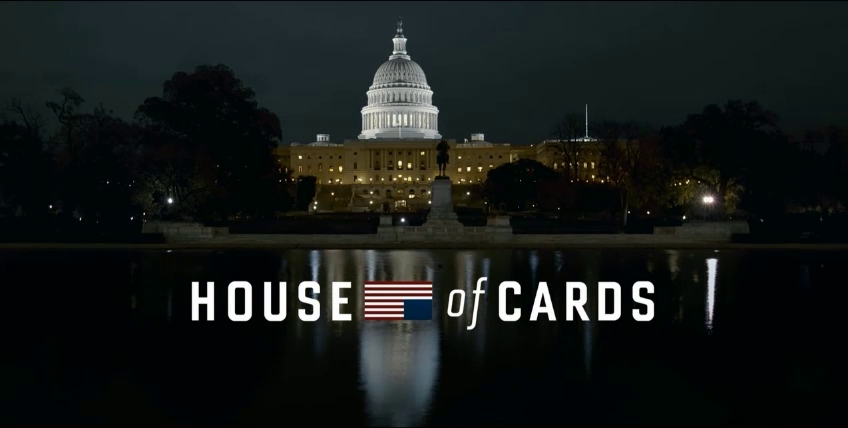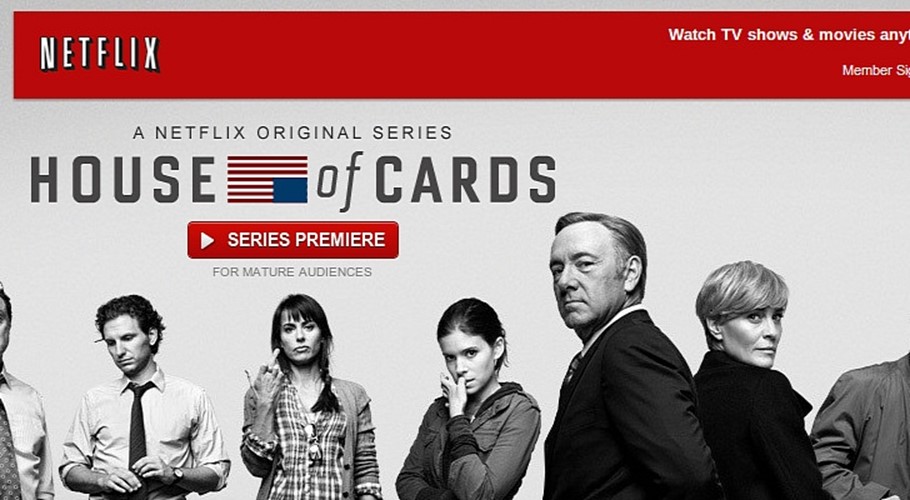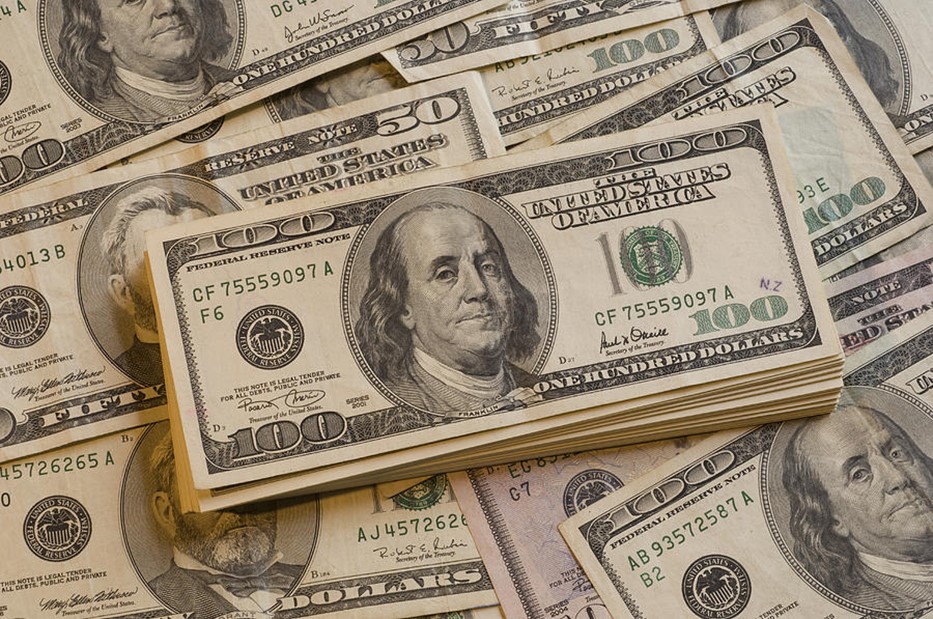How Netflix Guaranteed House Of Cards’ Success
12:00 pm in Daily Bulletin

Netflix’s House of Cards has been a hit. This wasn’t a surprise to Netflix executives writes David Carr:
- Netflix has access to a lot of data. It monitors when people play, pause, rewind, and forward media. They also track the time of day that people do this and the device they do it on.
- The online streaming company noted that films directed by Mr. Fincher were popular; that Kevin Spacey’s films did well, and that people were fond of a British 90s TV show called House of Cards. These elements then went on to make Netflix’s own hit series.
- But the use of data didn’t stop there. Netflix altered its advertising strategy based on the audience. Kevin Spacey fans saw Kevin Spacey centric ads. Those fond of female characters saw trailers focused on them.
Read more about the ethics of Netflix’s practice, why this might be a threat to creative freedom, and other bits of analytics about House of Cards over here.
Source: The New York Times







Join the Discussion! (No Signup Required)